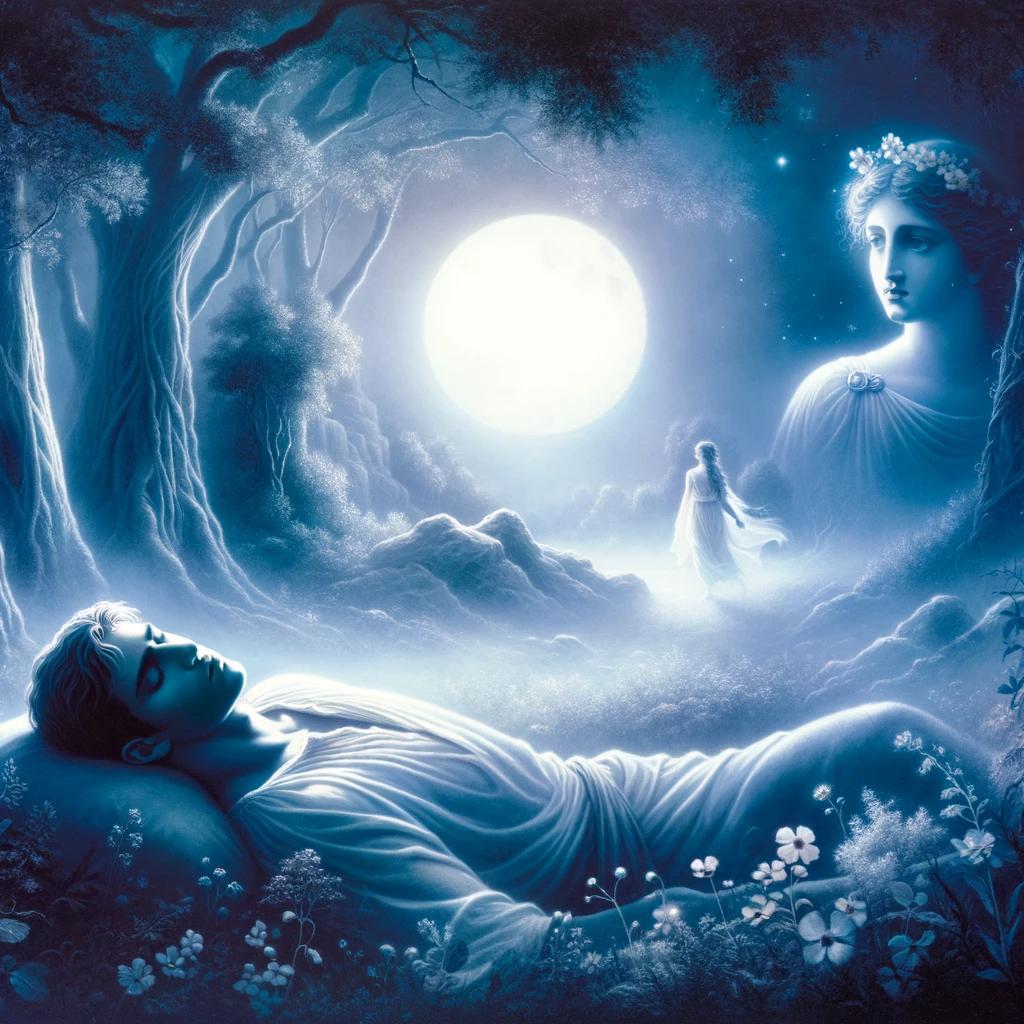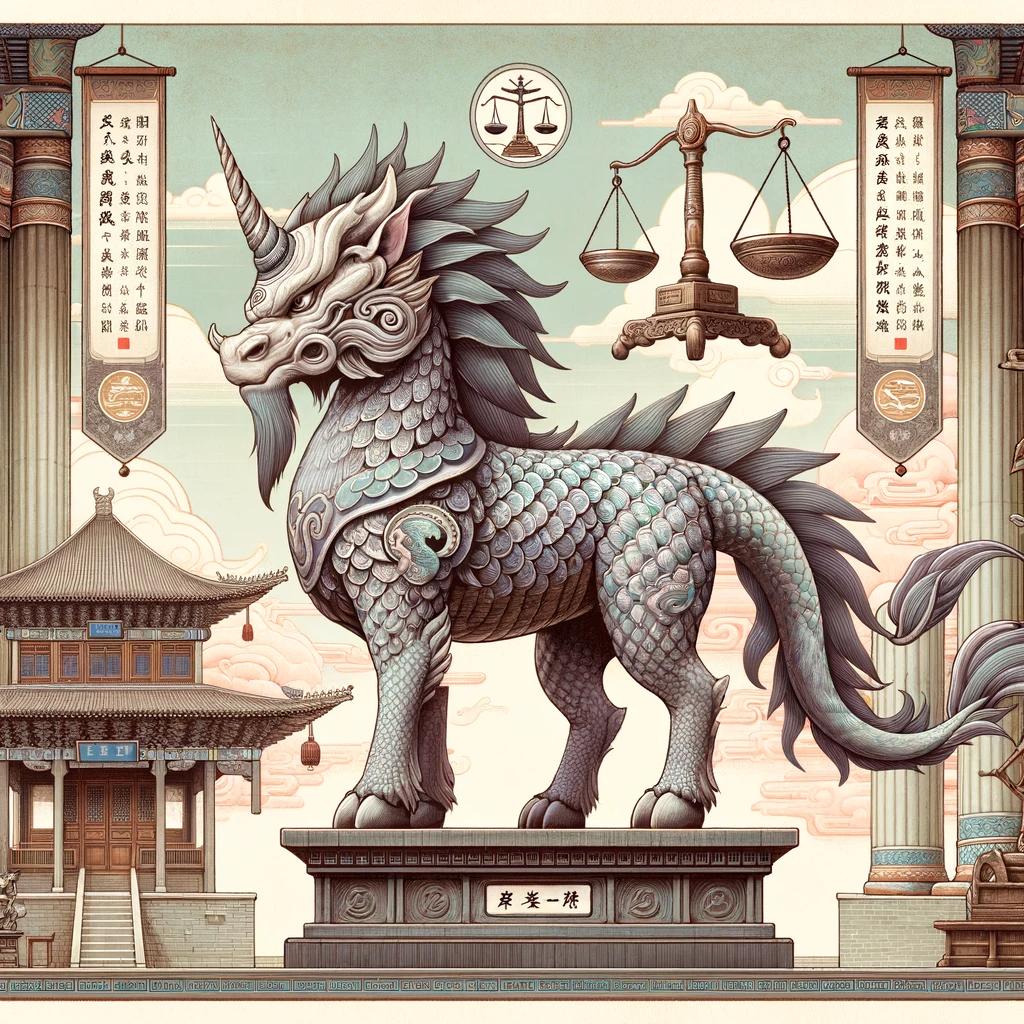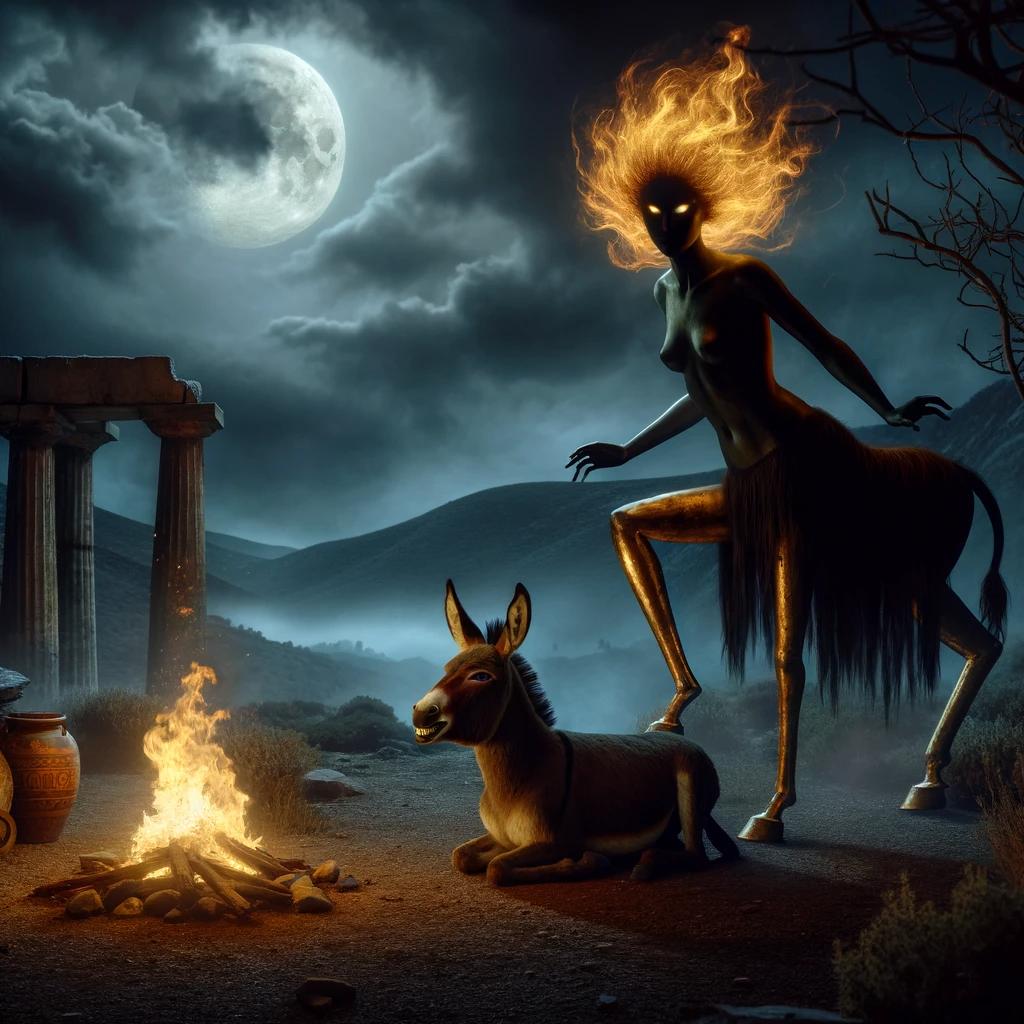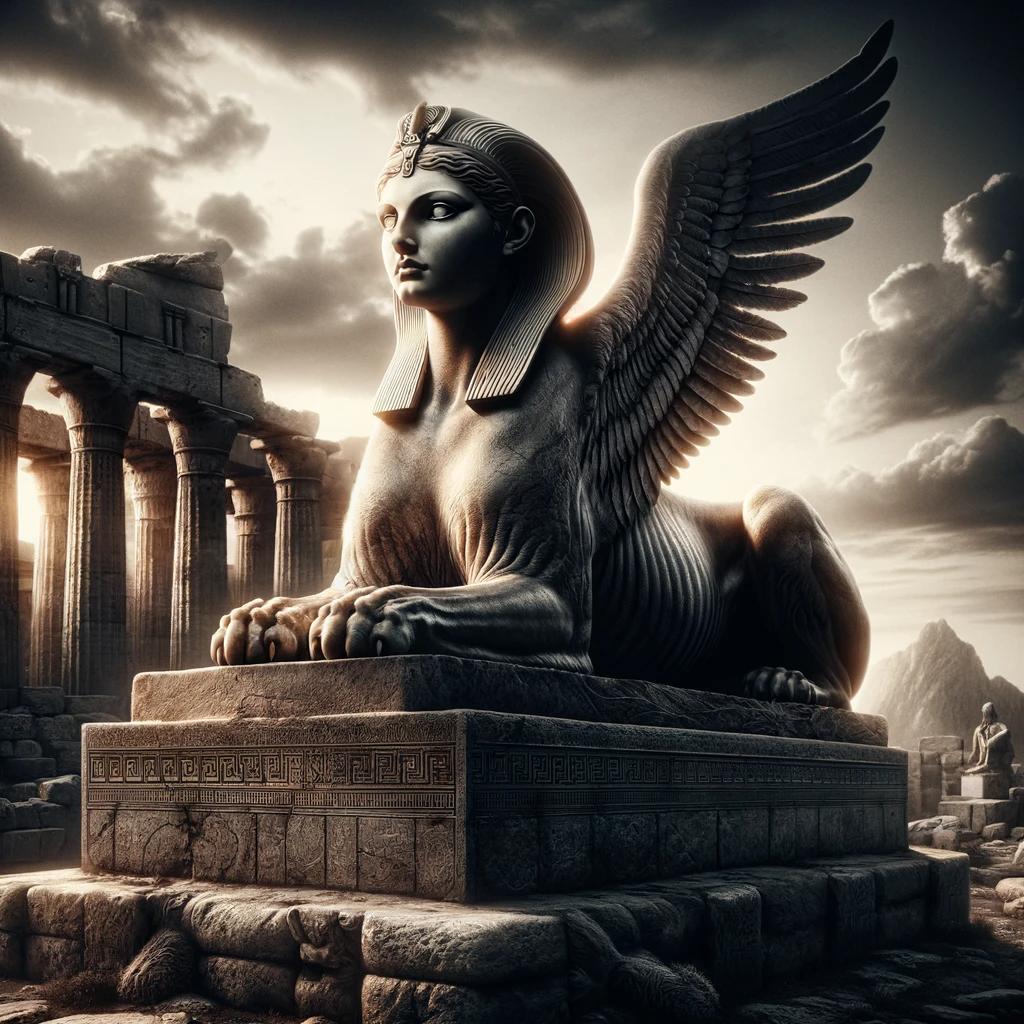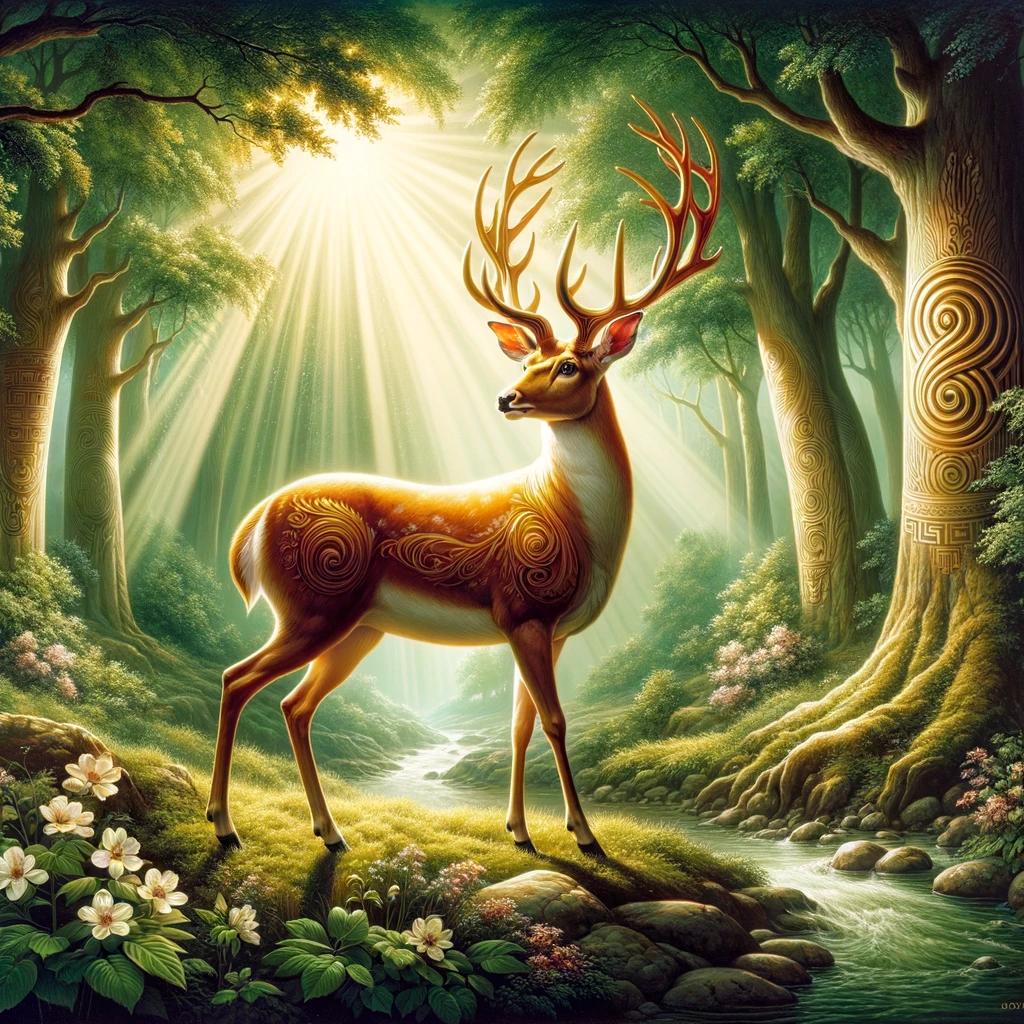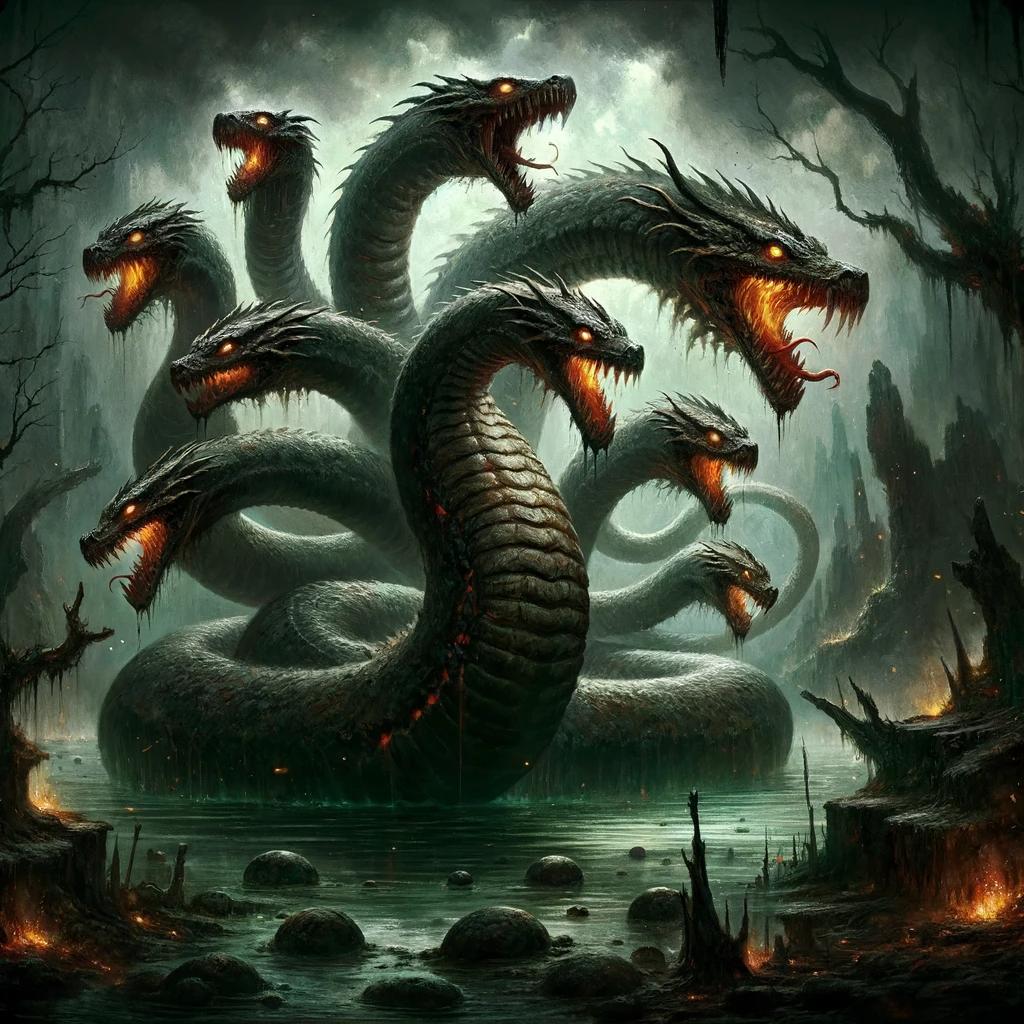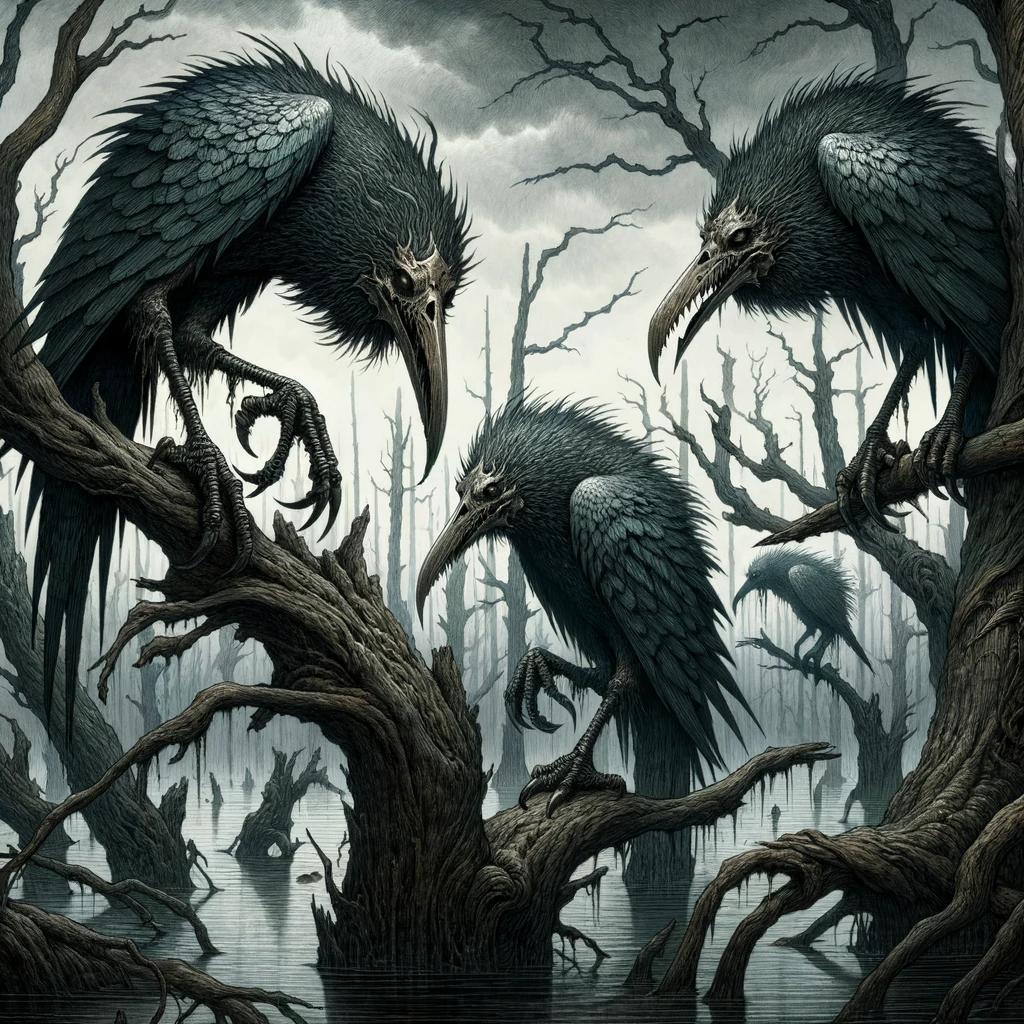Unveiling the Mystique of Endymion in Greek Mythology: Exploring the Tale of Eternal Love
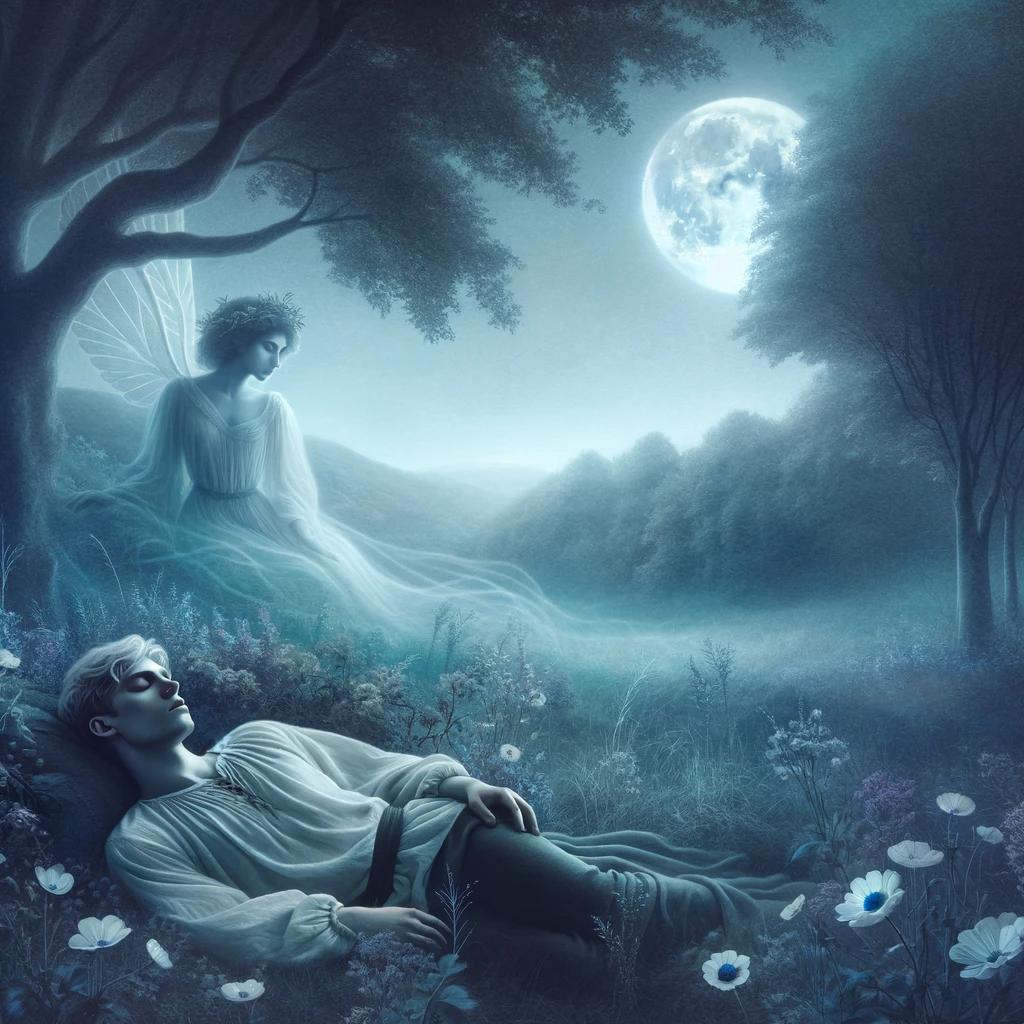
The legend of Endymion in Greek mythology tells the tale of a prince or king who captured the heart of the moon goddess Selene. With various versions of the myth, Endymion is depicted as a handsome shepherd prince visited by Selene each night in a cave on Mount Latmos in Caria.
Other versions portray Endymion as a king of Elis in ancient Greece who founded the kingdom with a group of Aolian colonists from Thessaly. Regardless of the variations, all agree that Endymion chose eternal slumber, preserving his youth forever.
This article explores different aspects of Endymion’s myth, including its origins, interpretations, connections to other Greek deities, and its portrayal in Roman sarcophagi. The enduring love between Endymion and Selene forms a central theme throughout.
The Legend of Endymion and Selene
The legend of Endymion and Selene is a captivating tale from Greek mythology, steeped in romance and intrigue. This ancient myth revolves around the love between Endymion, a prince or king, and Selene, the goddess of the moon.
The story takes us on a journey through Endymion’s origins, his role in the myth, and the deep affection that Selene held for him.
Endymion’s Origins and Role
Endymion’s origins vary in different versions of the myth. Some accounts suggest that he was a handsome prince and shepherd, while others describe him as a king from the region of Elis in ancient Greece.
Regardless of his background, Endymion possesses an otherworldly beauty that captivates Selene and others around him. His role in the legend is that of a beloved figure, sought after by both mortals and gods alike.
Selene’s Love for Endymion
Selene, the goddess of the moon, falls deeply in love with Endymion. Every night, she descends from the heavens to meet him in a secret cave on Mount Latmos in Caria.
The beauty and charm of Endymion enchant Selene, leading her to bestow upon him her eternal love and affection. Their encounters under the moonlight become the stuff of legend, symbolizing the eternal bond between mortal and divine.
The Myth of Endymion: Variations and Interpretations
The myth of Endymion has captivated storytellers and scholars alike, with its intriguing variations and diverse interpretations. This section delves into the different versions of the Endymion myth and explores the divine punishment that befell him.
Different Versions of the Endymion Myth
The story of Endymion has been recounted in various ways throughout Greek mythology. One version depicts him as a handsome prince and shepherd who was visited by the moon goddess Selene every night in a cave on Mount Latmos in Caria.
Another version portrays him as the king of Elis in ancient Greece, who founded the kingdom with a group of settlers from Thessaly.
Although the details may differ, what remains consistent across these versions is Endymion’s allure and his chosen eternal slumber to retain his eternal youth.
These variations shed light on the enduring fascination with the character and the desire for eternal beauty and love.
Endymion’s Divine Punishment
In some variations of the myth, Endymion’s eternal sleep was not a voluntary choice but a divine punishment. It is said that his fate was inflicted by Zeus himself as retribution for attempting to engage in a sexual relationship with Hera, Zeus’s wife and queen of the gods.
Thus, Endymion’s slumber serves as a reminder of the consequences of defying the gods and violating divine boundaries.
Despite his punishment, Endymion’s slumber allowed for the eternal devotion and love of Selene, as symbolized by her nightly visits and their numerous offspring.
This divine punishment adds a layer of complexity to the myth, highlighting the power dynamics and consequences of divine presence and interference in mortal affairs.
These variations and interpretations of the Endymion myth offer a glimpse into the rich tapestry of Greek mythology, showcasing themes of beauty, love, eternal youth, and the interplay between mortals and gods.
Endymion in Greek and Roman Mythology
Endymion’s story is intricately woven into the tapestry of Greek and Roman mythology. His associations with other gods and goddesses shed light on his significance within this intricate web of divinity.
Endymion’s Associations with Other Gods and Goddesses
Endymion’s tale intertwines with numerous deities from Greek and Roman mythology. Among his important associations are:
- Selene: The moon goddess Selene holds a central role in Endymion’s story as his ardent lover, visiting him each night in his eternal slumber.
- Cronus and Rhea: Endymion is said to have descended from Cronus and Rhea, two powerful titans of mythology.
- Iapetus: Endymion’s presumed father, Iapetus, was a titan and the brother of Cronus.
- Hades and Persephone: The realm of Hades is connected to Endymion through Persephone, the queen of the underworld.
Some versions suggest that Endymion’s eternal sleep was a result of his attempted seduction of Persephone.
- Bia and Nemesis: These goddesses are often associated with Zeus and have indirect connections to Endymion through his mythical lineage.
- Hebe: As the goddess of youth and the daughter of Zeus and Hera, Hebe is not directly connected to Endymion, but her presence in Greek mythology adds depth to the divine relationships surrounding him.
Endymion’s Potential Involvement in Other Mythological Events
While Endymion’s direct involvement in other mythological events is not clearly mentioned in texts, some speculate that he may have participated in the quest for the Golden Fleece alongside the Argonauts.
This suggestion stems from his noble lineage and heroic reputation as a prince or king.
By exploring Endymion’s associations with various deities and his potential involvements in legendary quests, we gain a deeper understanding of his significance within the rich tapestry of Greek and Roman mythology.
Depictions and Representations of Endymion
In the rich tapestry of Greek mythology, the striking figure of Endymion has been immortalized in various forms of artistic expression. Among them, Roman sarcophagi stand out as captivating depictions of Endymion’s enchanting story.
These intricate portrayals provide glimpses into the enduring love between Endymion and Selene, capturing the essence of their ethereal connection.
Roman Sarcophagi Depicting Endymion and Selene
Roman sarcophagi showcasing the love story of Endymion and Selene offer a visual journey into their mythical world. These beautifully crafted marble reliefs depict scenes of Selene approaching the slumbering Endymion, evoking a sense of tranquility and longing.
The intricate attention to detail in these sculptures showcases the remarkable skill and artistry of the Roman craftsmen.
These sarcophagi often portray Endymion as a youthful and handsome figure, with Selene’s adoration clearly visible in her gentle gaze.
The delicate expressions capture the purity and intensity of their love, inviting viewers to glimpse the eternal union between mortal and divine.
Symbolism and Meaning in Endymion’s Portrayals
Beyond their aesthetic beauty, the depictions of Endymion hold deeper symbolism and meaning. The eternal slumber of Endymion embodies the human desire for everlasting youth and vitality, reflecting our yearning for immortality.
Selene’s nightly visits emphasize the power of love to transcend boundaries, bridging the gap between mortals and deities.
These representations also explore themes of longing, desire, and the unattainable. Through the portrayal of Endymion’s eternal sleep, they invite contemplation on the nature of dreams, the passage of time, and the bittersweet nature of human existence.
The imagery serves as a reminder that love, while beautiful and eternal in its essence, also carries an inherent sense of longing and distance.
- The delicate expressions capture the purity and intensity of their love, inviting viewers to glimpse the eternal union between mortal and divine.
- Beyond their aesthetic beauty, the depictions of Endymion hold deeper symbolism and meaning.
- The eternal slumber of Endymion embodies the human desire for everlasting youth and vitality, reflecting our yearning for immortality.
- Selene’s nightly visits emphasize the power of love to transcend boundaries, bridging the gap between mortals and deities.
- These representations also explore themes of longing, desire, and the unattainable.
Through their artistic interpretation, Roman sarcophagi immortalize the enchanting story of Endymion and Selene, preserving their eternal love for generations to come.
The Eternal Love Between Endymion and Selene
The myth of Endymion and Selene is a tale that revolves around an enduring love between a mortal and a goddess. Selene, the moon goddess, was deeply enamored with Endymion, a prince or king in Greek mythology.
Their love defied the boundaries of mortality, as Selene would visit Endymion every night while he slept peacefully in a cave on Mount Latmos in Caria.
In this ethereal realm, their love transcended the constraints of time and age.
Endymion, besotted by Selene’s divine beauty, made a remarkable choice: eternal slumber. In this perpetual dream, he could remain eternally youthful, forever existing in a state of serenity and bliss.
Endymion’s eternal sleep became the backdrop for their celestial love story. Throughout the ages, this union has been portrayed as an emblem of undying love. Artists and poets have sought to capture the enchanting romance between mortal and deity, creating works that invoke the imagery of a deep connection that persists beyond the realms of consciousness.
The love between Selene and Endymion symbolizes not only a bond between two beings but also the yearning for eternal unity. It represents a desire to be eternally united with a beloved, to transcend the limitations of time and mortality.
Through various artistic depictions, such as the exquisite Roman sarcophagi, their love story unfolds visually. These intricate carvings present a testament to the enduring nature of their love, with Selene softly approaching the sleeping Endymion, surrounded by symbolism that represents everlasting devotion and longing.
The myth of Endymion and Selene serves as a reminder that love, in all its forms, has the power to transcend barriers and endure through eternity. It ignites the desire to connect with something greater than ourselves, to experience a love that knows no bounds, and to cherish the ethereal moments woven into the tapestry of existence.
.

